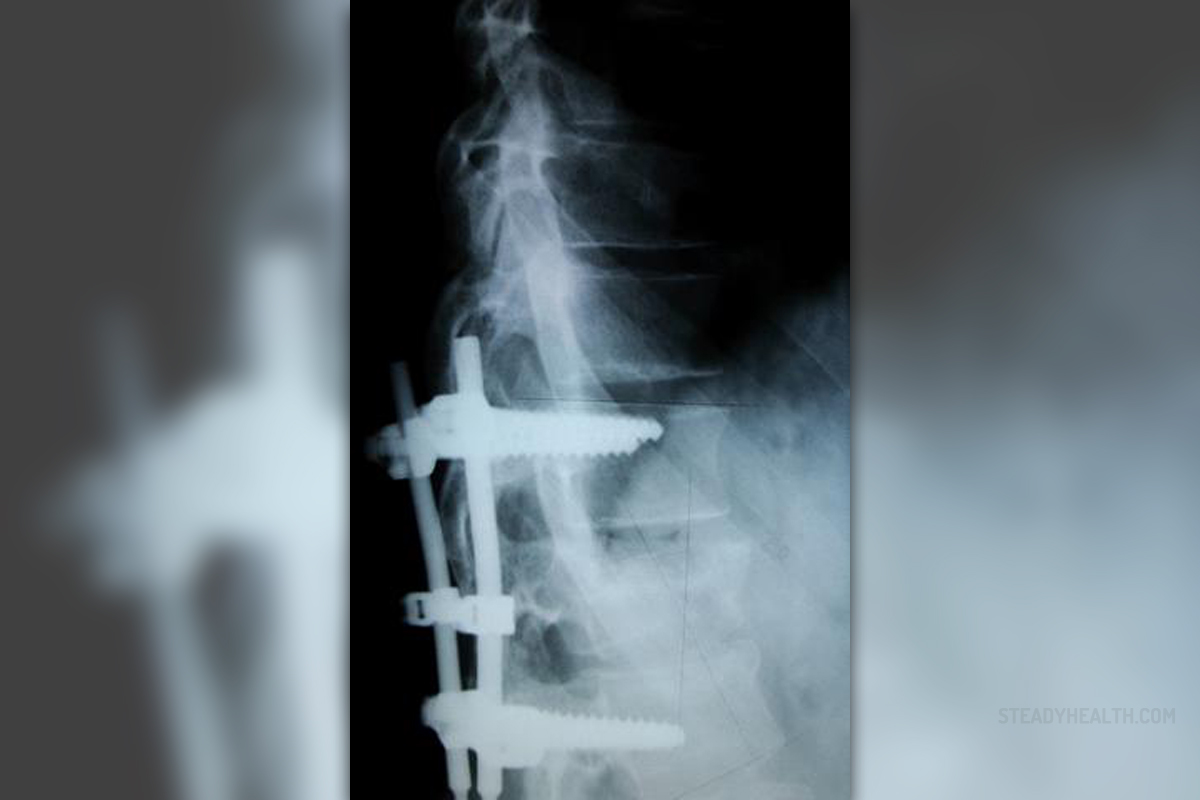
Kyphosis is a spine deformity that causes a hunchback or round back. It is a forward rounding of the vertebrae in the part of the spine which is attached to the ribs. Depending on the severity of the spine curvature, kyphosis may be a serious threat to your overall health.
The symptoms of kyphosis are a hunchback, lump on the spine, pain, inflexible spine, sensitive spine and tiredness. The cause for kyphosis can be development disorders, spinal abnormalities, connective tissue disorders, cancer, arthritis, osteoporosis or injury of the spine. Severe cases of kyphosis may lead to physical deformity, lung problems, breathing difficulties, nerve damage, pain or paralysis.
The treatment for kyphosis depends on the severity of the condition, age of the patient and underlying cause. In mild cases, your doctor will suggest exercises which would increase the strength in the back muscles. In addition to exercises, you may have to sleep on a firm bed. If you are experiencing pain in the back, your doctor may prescribe some painkillers or anti-inflammatory drugs. If kyphosis is caused by arthritis or osteoporosis, you will be treated for the primary cause to prevent further spine deformities.
If the patient with kyphosis is a child or young adult, the doctor may decide on braces. There are specially developed braces for such spine deformities which can have positive effect on kyphosis. A child who is still growing may have to wear the brace till the bones are completely developed. This treatment can correct the spine to some degree slows down or stop the further development of kyphosis.
In the most severe cases which include worsening of the condition despite medications and treatment, pain and paralysis, the doctor will probably suggest surgery. You will be given general anesthesia. The surgeon will make the cut on your back in order to reach the affected vertebrae. The vertebrae are joined together with fragments of your pelvis bone. The pieces pelvis bones are attached to the spine with specially designed medical devices such as metal wires or screws. In some cases the metal parts are left in the patient's body to prevent further progression of the spine curvature. The recovery time after such surgical procedure is several months. If kyphosis is a consequence of the spine injury, your doctor may suggest particular treatment for fractures of the vertebrae, which includes an injection of the special cement in the area of the affected vertebrae. It is recommended in case the patient is experiencing severe pain.
Every surgery carries certain risks and so does the surgery for kyphosis. Some of the complications are infection, nerve damage, bleeding, severe pain and arthritis. In case of a complication you may have to have another surgery.

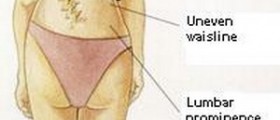

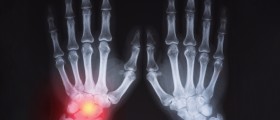



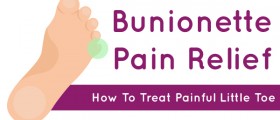



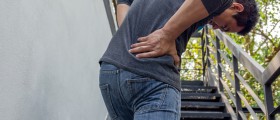


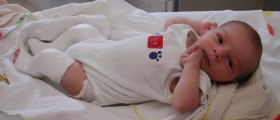

Your thoughts on this
Loading...